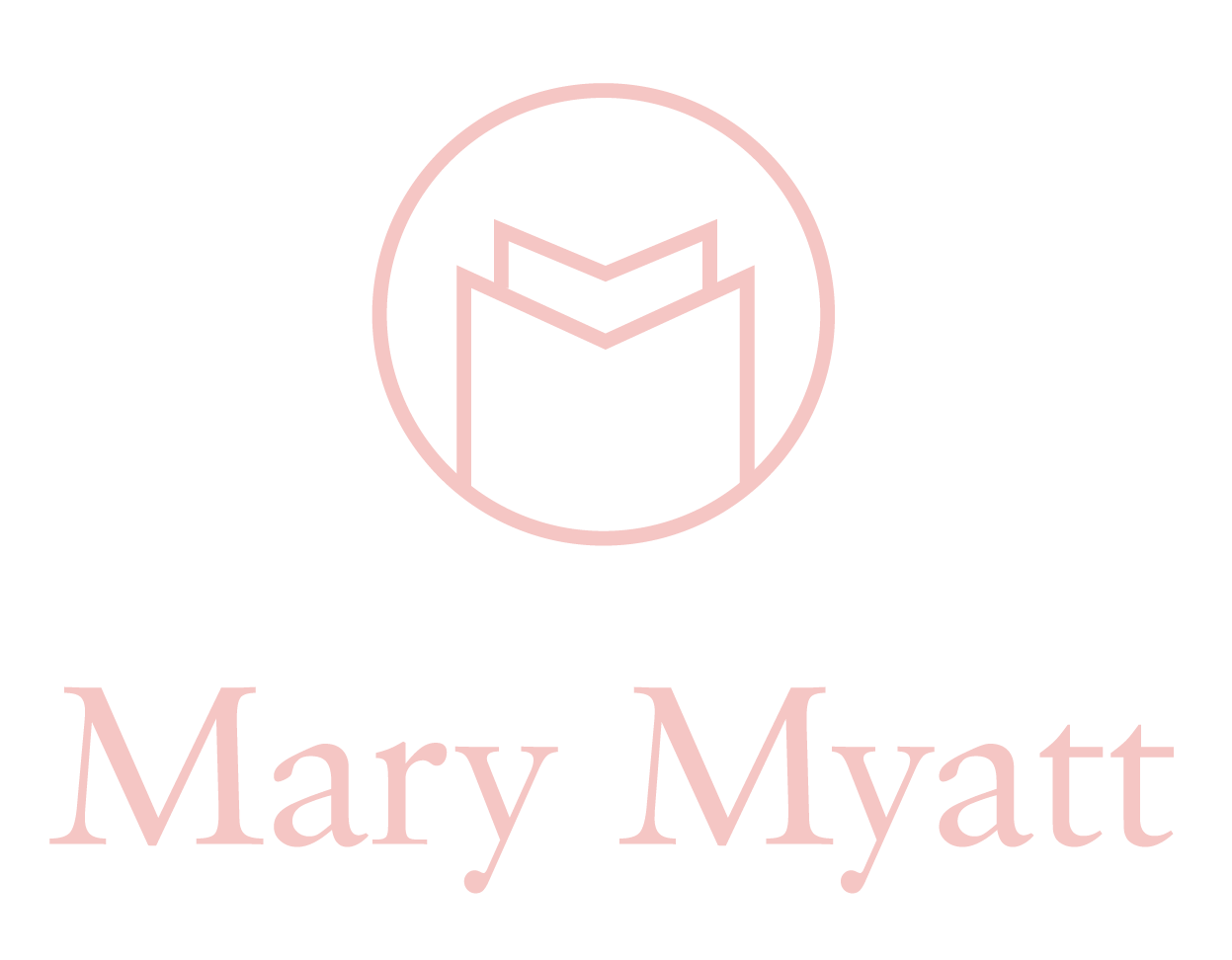Five caveats for the curriculum
One: there’s no need to have everything in place for us to get cracking. Sometimes, there’s a reluctance to make a start until all the plans are written up. As long as there’s an overview in place, there’s no need to have all our ducks in a row before we make a start. The likelihood is that we are going to adjust the plans in the light of experience. Beginning, as Churchill said, is half done.
Two: The plans are never more important than the pupils in front of us. There can be a temptation to plough on regardless, even if something isn’t working and if pupils haven’t truly grasped something. The plans are there to support teaching, not dictate it. If pupils are not learning what we intend, we need to adjust. Which leads to:
Three: We need to beware the ‘curse of content coverage’. It can feel as though there is an awful amount to be taught. But if our plans are not underpinned by concepts and big ideas, it is hard for our pupils to make connections. As Stephen Pinker says ‘disconnected facts are like unlinked pages on the web: they might as well not exist’. Ploughing through the content is not a sufficient guarantee that pupils have learnt that content unless they are able to make the connections.
Four: Light touch assessments need to gauge whether what we have taught has been learnt. What we teach should be more important than mapping against multiple key performance indicators, which mostly don’t tell us anything and which can affect what we teach in order to turn our pupils ‘green’.
Five: The curriculum is a never-ending story. Lots of colleagues are saying that they are not as far ahead as they would like to be on their curriculum journey. That will always be the case: there will always be something that we want to refine, ditch, add depth. We need to enjoy the fact that curriculum is never-ending. What we are offering right now is probably good enough and that it will take time for it to get better. As Andrew Percival says ‘we need to create a curriculum culture in schools’ which means we relax into the idea that curriculum work is a living, breathing process.
